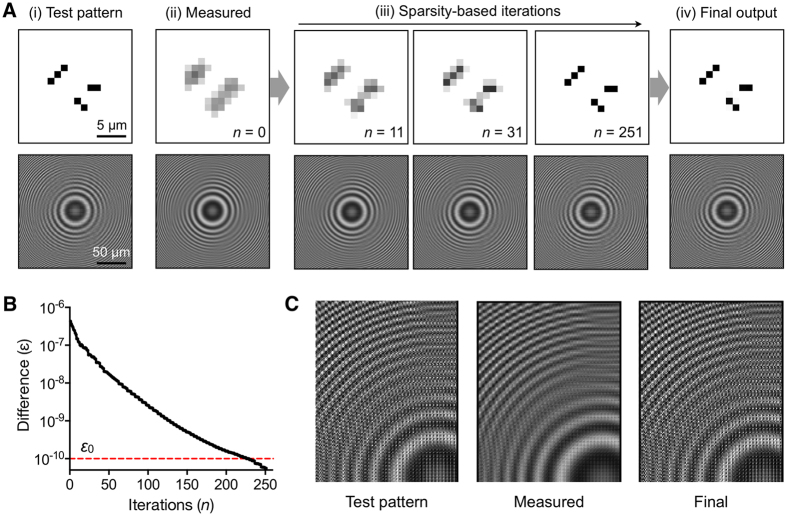Figure 2. Sparsity-based reconstruction.
(A) [i] The true object image and its hologram without signal loss. The smallest feature size in the object is 1.2 μm. [ii] A measured hologram is simulated for a 2.4-μm pixel imager. The object image is then reconstructed from the diffraction theory. These images are used as an input to the sparsity-based algorithm. [iii] The sparsity-based reconstruction progressively improves the image resolution. [iv] The object image is recovered after 251 iteration steps. (B) The difference (ε) between a new and the measured holograms decreased over the iteration steps. The threshold value (ε0) used here corresponds to <2% error for all pixels. (C) Zoom-ins of the test-pattern, the measured, and the final holograms. Starting from the measured hologram, the algorithm restored high frequency components.

